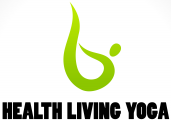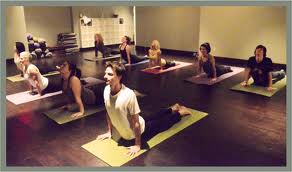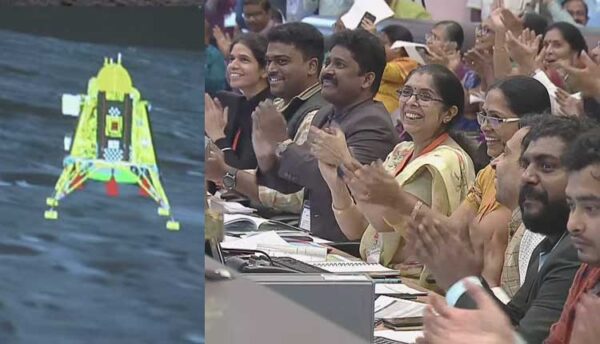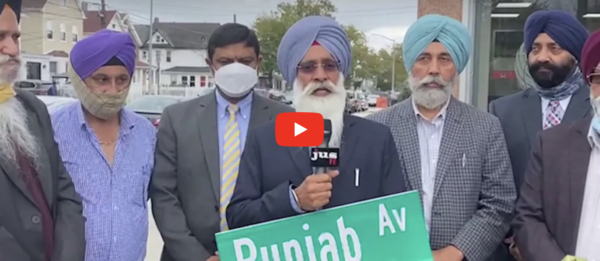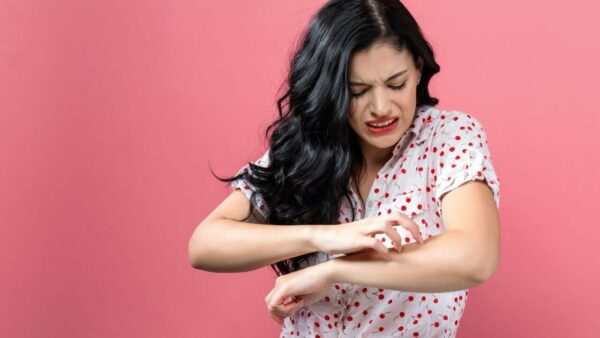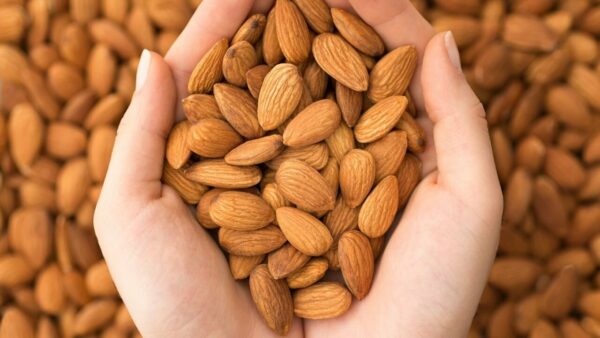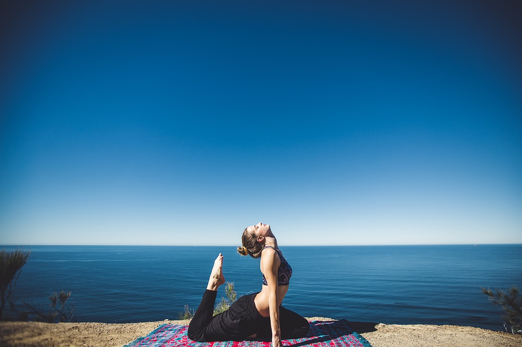Bhujangasana = cobra pose.
bhujanga = Young Snake, asana = pose.
Bhujangasana (Cobra Pose) is an invigorating back bend that can feel like an exciting journey. But if you tend to create most of the bend in your lower back, it can cause compression and pain, and excitement is quickly replaced by fear.
Since the lower spine is naturally more flexible than the upper spine, it’s easy to over do the arch there. Ideally, you work toward an even bend along the whole spine, including your neck. It helps if you learn to work carefully, making conscious choices each step of the way. To create an even, pain-free Cobra Pose, learn to engage your abdominals in the pose—they act as the guide rope that keeps you safe. The abdominals can support and protect your lower back while you reach for more opening in the upper back.
Once your lower back is stable, you can focus on contracting your upper-back muscles and pressing your shoulder blades into your back to create space in the spine and open your chest. As long as you feel supported, you can keep going deeper, continuing to press your upper spine in toward the front of your chest and coiling—like a snake—into a big, healthy back bend.
When you’ve found your ideal alignment in Cobra, you can use it to strengthen the upper back and the backs of the legs and to stretch your chest and shoulders. The back bending action is powered by the muscles of the back of the body.
But the pose is also a powerful way to tone the abdominal muscles: They get stretched as you move into the back bend and contracted as you control the movement and return to your starting point. Cobra will invigorate you energetically as well. It stretches the intercostal muscles (the ones between the ribs), which allows your rib cage to expand and thus can increase your breathing capacity.
It’s also thought to gently squeeze the adrenal glands, giving you a feeling of alertness and vigor. When you have finished practicing Cobra, you’ll want to balance your energy by practicing Balasana (Child’sPose) or Adho Mukha Svanasana (Downward-Facing Dog Pose) for several breaths until you feel calm again.
SET IT UP
❉ Lie on your belly.
❉ Come onto your forearms, with your elbows directly under your shoulders and parallel to each other.
❉ Stretch your legs straight back, about hip-width apart.
❉ Spread your toes wide and pressthe tops of your feet into your mat.
❉ Firm your legs, and roll your inner thighs up, your outer thighs down. Press your tailbone toward your feet, lengthening your lower back.
❉ Press down into your forearms to lift your chest up.
REFINE Continue to push down firmly into your fore arms while also pulling back against the resistance of the sticky mat. Though they won’t move, work your fore arms as if you were dragging them backward. Reach your chest forward. As you do this, keep reaching your tailbone back, creating traction between the weight of your hips pulling back and the strength of your arms. Let this elongate the sides of your waist as you reach your chest farther forward.
To protect your lower back, lift your navel, engaging your abdominal, almost as if you were rounding your lower back. It won’t actually round, but your lower spine will move into a more neutral position. Focus on these two actions at once: Open the upper back into a back bend as you engage your belly to support the lower back. This will help you find greater opening in the upper back.
FINISH Take several breaths here,noticing everything you are feeling.When you’re ready, release all the way down to the floor. Relax and breathe into your back.
